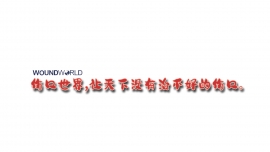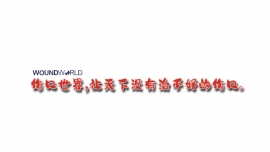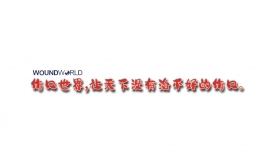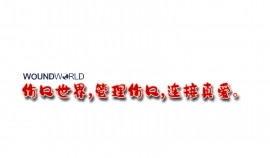文献精选
Metformin use during initiation and titration of GLP-1 receptor agonists (GLP-1 RAs) does not increase the frequency or severity of gut-related adverse events, or the likelihood of discontinuing the GLP-1 RA, according to this study published in Diabetes Care. Since gastrointestinal (GI) adverse events are common with both metformin and with GLP-1 RAs, data from four major clinical trials of liraglutide and subcutaneous and oral semaglutide were used to explore whether those treated with metformin suffered more GI side effects. The results suggest that pausing metformin therapy during GLP-1 RA initiation, as has been recommended by some, is not required. There was in fact a higher rate of GI adverse events and GLP-1 RA discontinuations in those not taking metformin, which the authors postulate could reflect an increased susceptibility to gut side effects with any drug. They recommend that increased counselling and consideration of slower titration may be helpful in this group. This is useful information to guide practice as a recently published National Drug Safety Alert states that supplies of oral semaglutide are now adequate to support new initiations of this drug, following the mandatory cessation of new initiations of any GLP-1 RA that has been in place since June 2023 due to manufacturing shortages.
Pam Brown
GP in Swansea
Citation: Brown P (2024) Diabetes Distilled: Metformin does not increase risk of GI side effects during GLP-1 RA initiation and titration. Diabetes & Primary Care 26: [Early view publication]
Adrian Heald
The School of Medicine and Manchester Academic Health Sciences Centre; University of Manchester, Manchester, and Department of Endocrinology and Diabetes, Salford Royal Hospital, Salford
Mike Stedman
The Research Office, Res Consortium, Andover
Frank Webb
Buxton Hospital, London Road, Buxton
Rena Francis
Buxton Hospital, London Road, Buxton
Michael Edmonds
King’s College Hospital NHS Foundation Trust, London
George Dunn
Department of Podiatry, East Cheshire Trust, Macclesfield
Citation: Heald A, Stedman M, Webb F et al (2024) Making the most of the diabetes foot-screening appointment: Think Foot. Think kidney. Journal of Diabetes Nursing [Early view publication]
Andrew Hill
This article explores the growing role of artificial intelligence (AI) in patient self care in diabetes and considers the opportunities and risks associated with it in the context of foot self care in diabetes. AI has yielded many advances in individual and public health, although it does also present unique and emergent challenges. Certainly, AI enables us to consider and re-evaluate diabetes care, screening and management.
Hill A (2023) Is artificial intelligence the key to better foot self-care in diabetes? The Diabetic Foot Journal 26(2): 24–8
Key words
- Artificial intelligence
- Patient knowledge
- Self care
- Technology
Article points
1. Artificial intelligence has been shown to influence and improve certain aspects of diabetes care.
2. Self care and patient education are key to avoiding complications such as diabetic foot ulcers.
3. Artificial intelligence has as-yet unleashed potential in the field of foot self care and ulcer management, especially in the context of patient education and driving foot self-care behaviours.
Author
Andrew Hill is Senior Lecturer and Programme Lead The SMAE Institute.
In December 2023, NICE published the TA943 guidance, which lays out recommendations for use of hybrid closed-loop (HCL) systems in the management of type 1 diabetes, with a 5-year roll-out plan.1 Even with moderate adoption rates, NICE anticipates that over 57 000 people with type 1 diabetes will end up accessing this technology. Although the treatment and care of people using HCL technology sits within specialist multidisciplinary teams, there are elements of care that are useful for primary care clinicians to know. This factsheet explains what HCL systems are and outlines what primary healthcare professionals need to know to support their use.




